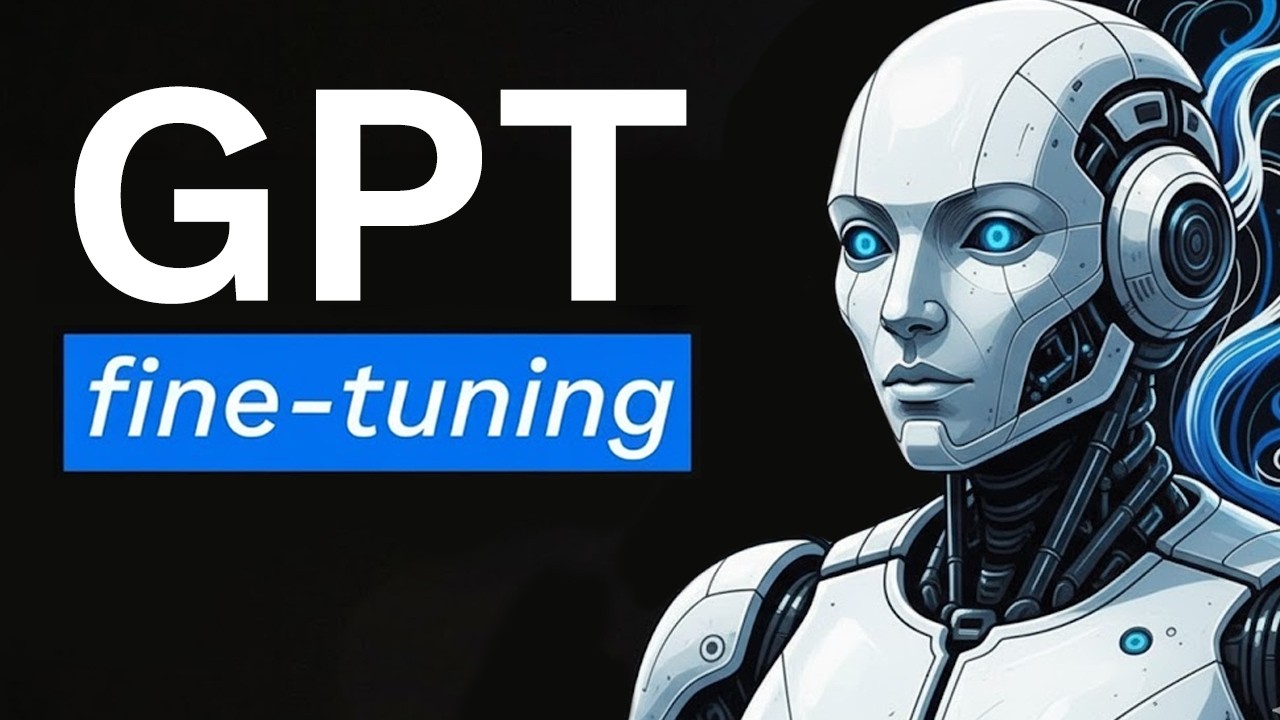The video provides a detailed step-by-step guide on fine-tuning the GPT OSS 20B model using the Anselof library on Google Colab, emphasizing efficient techniques like LoRA adapters and the importance of high-quality datasets for improved performance. It highlights the accessibility and business potential of fine-tuning AI models locally, encouraging viewers to explore dataset creation, synthetic data generation, and full-stack AI applications.
The video provides a comprehensive step-by-step guide on how to fine-tune an AI model, specifically focusing on the GPT OSS 20B model. Fine-tuning involves adjusting the weights of a base model to enhance its performance on specific tasks, enabling smaller models to outperform even the best existing models like GPT-5. The presenter emphasizes that fine-tuning is not only accessible but also a significant startup opportunity, as it allows creators to build unique, uncensored models that can answer a wide range of questions without bias, differentiating their offerings from generic AI services.
To begin fine-tuning, the video recommends using the open-source library Anselof, which supports various models including GPT OSS. The process starts by connecting to a free Google Colab notebook, which provides access to GPUs necessary for training. After installing dependencies such as PyTorch and Transformers, the base model is downloaded and prepared for fine-tuning. The video explains the use of LoRA adapters, which fine-tune only a small portion of the model’s parameters, making the process more efficient.
A critical part of fine-tuning is preparing a high-quality dataset. The video uses a default dataset from Hugging Face called the H4 multilingual thinking dataset, which focuses on reasoning and agentic behavior, such as planning and tool usage. The presenter highlights the importance of selecting the correct file within a dataset to avoid errors and demonstrates how to replace the default dataset with a custom one. The dataset is then formatted using standardized chat templates to align with the conversational style GPT models are trained on.
The actual training process involves setting parameters like learning rate and the number of training steps, with the video recommending a shorter run for demonstration purposes. The training can take between five to fifteen minutes depending on the GPU and dataset size. After training, the model can be tested through inference, which is the phase where the fine-tuned model is used to generate responses. The video also discusses options for saving the fine-tuned model locally or uploading it to Hugging Face for easier deployment and sharing.
Finally, the presenter encourages viewers to explore further topics such as creating datasets, generating synthetic data, and building full-stack applications using fine-tuned models. They highlight the privacy benefits of running models locally and the potential to build lasting businesses with unique AI models. The video concludes with a shout-out to the creators of Anselof and an invitation to subscribe for more content on AI fine-tuning and related subjects.
